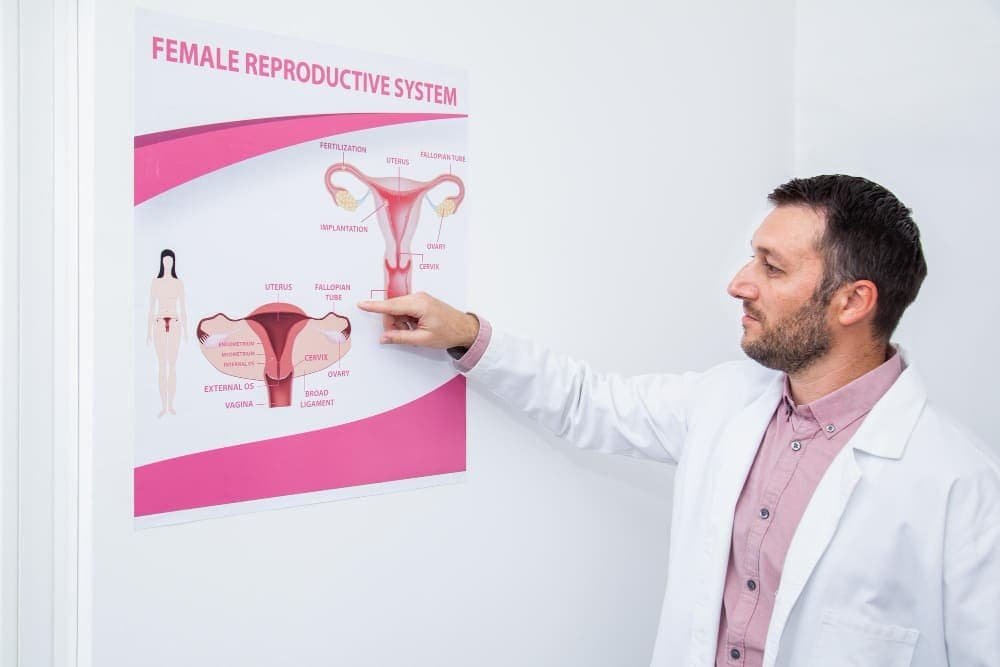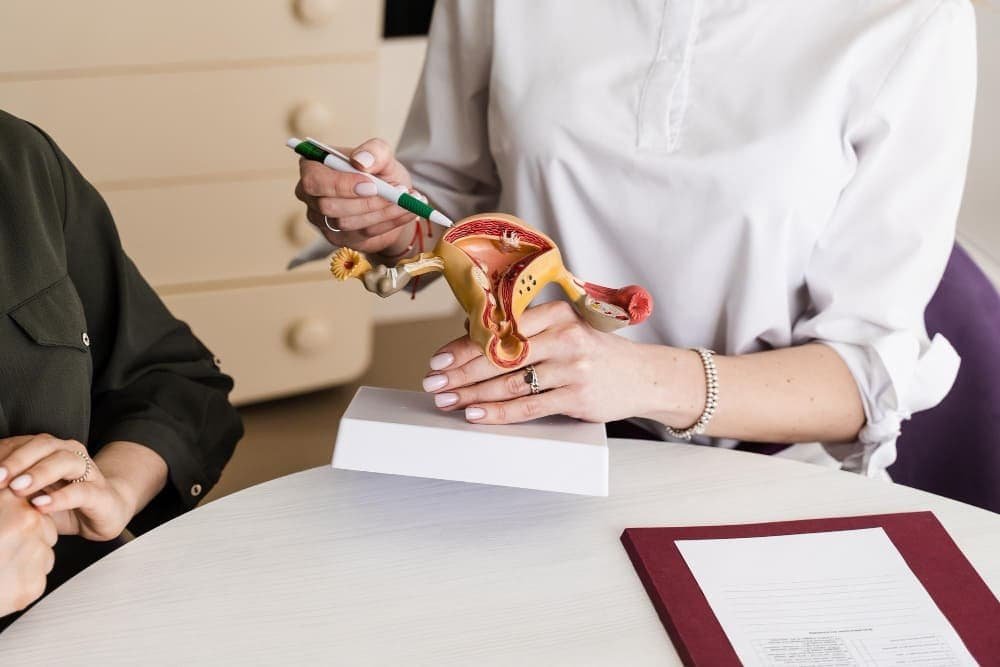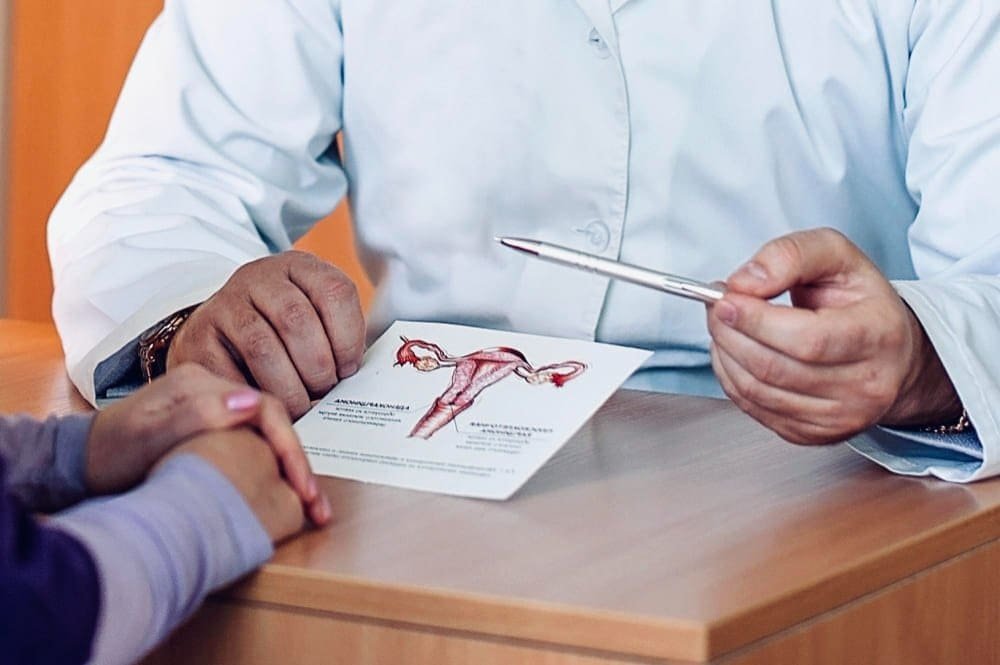Which surgery is best for adenomyosis? Many women face pain, heavy bleeding, and tough choices about their uterus. Explore the latest surgical options, from conservative techniques to innovative uterine-sparing procedures. 🌷

Understanding Adenomyosis: What Are the Surgical Options?
Adenomyosis is a condition where endometrial tissue grows into the muscular wall of the uterus. This disease causes symptoms like severe pelvic pain, abnormal menstrual bleeding, and even fertility issues. For some, it feels like life is on hold, with every day defined by discomfort and uncertainty.
Surgical treatment of adenomyosis has changed a lot over the years. Deciding which surgery is best for adenomyosis isn’t always simple. Many factors—including the extent of the disease, whether it’s diffuse or focal, the woman’s age, her fertility desires, and the severity of symptoms—play a major role.
Let’s explore the available options so you can find a method that stops adenomyosis and gives you a real chance at a pain-free life.
1. Hysterectomy: The Only Existing Definitive Treatment?
Complete Removal of the Uterus
Traditionally, doctors have considered hysterectomy—the complete removal of the uterus—the only existing definitive treatment for adenomyosis, especially in severe or diffuse cases. This method removes the source of pain, abnormal bleeding, and discomfort entirely. For many years, doctors performed hysterectomies for women who completed their families or those with adenomyosis stage 4.
Types of Hysterectomy
- Total hysterectomy: Removes the entire uterus, sometimes including the cervix and ovaries.
- Partial hysterectomy: Removes just the uterus, leaving the cervix intact.
- Radical hysterectomy: Performed in rare cases, usually for cancer.
Pros:
- Cures adenomyosis completely
- Stops symptoms permanently
Cons:
- Ends fertility
- Triggers early menopause if the ovaries are removed
- Major surgery with longer recovery and possible risks (bleeding, infection, urinary issues)
Hysterectomies do not always suit women wishing to preserve fertility or avoid early menopause. Many patients search for a conservative surgery or alternative that preserves the uterus.
2. Conservative Surgical Techniques: Uterus-Sparing Options
For women hoping to avoid a hysterectomy, several conservative and uterus-sparing techniques exist. These surgeries aim to remove only the diseased tissue and preserve as much of the uterus and reproductive function as possible.
Adenomyomectomy: Targeted Excision of Adenomyosis Tissue
Adenomyomectomy involves the surgical removal of adenomyomas (adenomyosis nodules) or affected tissue from the uterine wall, leaving the healthy uterus behind. Surgeons use various approaches, depending on whether the disease is focal (localized) or diffuse (spread widely through the muscle).
- Focal adenomyosis: This form responds best to surgical excision (resection). Specialists use laparoscopic, robotic-assisted, or open methods.
- Diffuse adenomyosis: Surgeons find it much harder to remove all affected tissue, and success rates may drop.
This procedure can be performed by:
- Laparoscopy (minimally invasive): Surgeons use small cuts and a camera for precision.
- Robotic-assisted surgery: Uses robotic arms for more exact movements.
- Open abdominal surgery: Used less often due to longer recovery.
Pros:
- Preserves the uterus and possibly fertility
- May reduce pain and heavy bleeding
Cons:
- Difficult with deep or widespread disease
- Recurrence may happen if any tissue remains
- Not all surgeons offer this method
Myomectomy: Surgery for Uterine Fibroids
Some women with adenomyosis also have fibroids (benign tumors in the uterus). Doctors may perform myomectomy to remove fibroids and improve symptoms. However, this surgery doesn’t directly address adenomyosis, so results vary.
Endometrial Ablation and Resection
In some cases, doctors recommend endometrial ablation—a minimally invasive technique that destroys the lining of the uterus to reduce bleeding. Another option is transcervical resection of the endometrium (TCRE), which removes the endometrial layer using specialized tools.
Best for:
- Women with superficial disease
- Those who do not wish to preserve fertility
Limitations:
- Not effective for deep, diffuse adenomyosis
- Not recommended if pregnancy is desired
3. Minimally Invasive and Non-Surgical Approaches
Uterine Artery Embolization (UAE): The Modern, Less Invasive Alternative
Uterine Artery Embolization (UAE) stands out as a leading alternative for women who want to avoid major surgery and preserve their uterus. Specialists like Dr. Samir Abdel Ghaffar use a catheterization process to block blood flow to the adenomyosis tissue, causing it to shrink and symptoms to resolve.
How UAE Works:
- The procedure is performed under local anesthesia and light sedation.
- A doctor inserts a thin catheter through the groin or wrist into the uterine arteries.
- Special particles are released to block blood supply to affected areas.
- The tissue shrinks over time, and symptoms like pain and bleeding improve.
Why Choose UAE?
- Minimally invasive, with no large cuts
- Short hospital stay (often same day or overnight)
- Fast recovery (back to normal activities within days)
- Uterus, ovaries, and fertility may be preserved
- Fewer complications compared to surgery
Many women say UAE gives them a good chance to manage adenomyosis symptoms and keep their reproductive organs. This treatment option is especially popular for those with deep, diffuse, or recurrent disease.
Laparoscopic Surgery for Adenomyosis: Modern Techniques
Laparoscopic surgery lets doctors treat adenomyosis with small incisions, a camera, and fine instruments. This approach speeds up healing and reduces pain after the procedure. Surgeons may use laparoscopic techniques for:
- Adenomyomectomy (removal of adenomyomas)
- Partial resection of the uterine wall
Who can benefit?
- Patients with focal adenomyosis
- Women with smaller or localized areas
Laparoscopic surgery is not always possible with advanced or diffuse disease. For some, UAE remains a better option.
4. Factors That Influence Surgical Choices
Which surgery is best for adenomyosis depends on many factors:
- Extent of the disease: Focal (localized) forms are easier to treat with surgery, while diffuse adenomyosis may require broader approaches.
- Desire for pregnancy: Some surgeries preserve fertility, others do not.
- Age and menopause status: Women nearing menopause may have different options.
- Presence of fibroids or endometriosis: These can affect surgical planning.
- General health and surgical risk: Minimally invasive or non-surgical methods reduce risks and downtime.
A detailed diagnosis with MRI and other tools helps doctors recommend the best procedure or combination of treatments.
5. Non-Surgical Management and Hormonal Therapies
While this article focuses on surgery, it’s worth noting that some women manage symptoms with hormonal medications. Options include:
- Hormone-releasing intrauterine devices (IUDs) such as Mirena, which releases progesterone to thin the uterine lining and reduce bleeding.
- GnRH agonists: Medications that reduce estrogen and put the body in a temporary menopause state.
- Oral contraceptives and progestins: These help control menstrual cycles and pain.
These methods rarely cure adenomyosis, but can help manage symptoms and reduce the need for surgery—especially in early stages.
6. What About Robotic-Assisted Surgery and New Techniques?
Advanced centers now offer robotic-assisted adenomyomectomy and other high-tech procedures. Robotic surgery offers better precision and shorter recovery, but still faces the same challenge: removing all diseased tissue without damaging the uterus.
Other options:
- High-intensity focused ultrasound (HIFU): Uses sound waves to destroy tissue, though its long-term results for adenomyosis are still under study.
- MRI-guided techniques: Allow for better diagnosis and targeted treatment.
7. What Do Real Patients Say? “How I Cured My Adenomyosis”
Many women share their stories on forums like r/adenomyosis and Reddit, hoping to find the best treatment. Some say “I cured my adenomyosis without surgery” after undergoing UAE, while others needed a combination of therapies. The best approach varies by person, disease extent, and life goals.
8. Why Uterine Catheterization Is the Most Effective Modern Option
If you want to stop adenomyosis and preserve your uterus, uterine artery embolization offers clear benefits. Dr. Samir Abdel Ghaffar, a leading interventional radiology consultant, has helped many women avoid major surgery and regain quality of life through this innovative process.
Benefits of UAE:
- High success rate for pain and bleeding
- Minimally invasive and quick recovery
- Effective even for stage 4 or deep adenomyosis
- Good chance to avoid hysterectomy and future surgeries
- You can keep your uterus and preserve your reproductive options
FAQs About Adenomyosis Surgery
Q: What is the best treatment for adenomyosis?
A: The best treatment depends on your symptoms, disease extent, and future plans. Uterine artery embolization and conservative surgeries offer effective, uterus-sparing results for many women.
Q: What are the surgical options for adenomyosis?
A: Choices include hysterectomy, adenomyomectomy, laparoscopic or robotic-assisted excision, and minimally invasive embolization (UAE).
Q: Can adenomyosis turn into cancer?
A: Adenomyosis itself is not cancer, but always check with your doctor about any new or severe symptoms (adenomyosis cancer symptoms).
Q: Is it possible to treat adenomyosis without surgery?
A: Yes! Many women control symptoms with hormonal medications or uterine artery embolization, which doesn’t require major surgery.
Conclusion: Choosing the Best Surgery—Or the Best Alternative
If you suffer from adenomyosis, you have real options beyond major surgery. The best approach depends on your unique needs, but today, more women than ever are choosing non-surgical treatments like uterine artery embolization. This method offers fast recovery, effective symptom control, and a real chance to keep your uterus and reproductive health.
Don’t settle for the old idea that hysterectomy is the only answer. Modern techniques—especially uterine catheterization—put you back in control of your life. Ready to take the next step? Consult with Dr. Samir Abdel Ghaffar and discover a safer, easier, and more hopeful way to treat adenomyosis. 🌟

 العربية
العربية 


